| 주 저자 | Soo-Jin Lee, Jae-Weon Jeong |
|---|
| 공동 저자 | - |
|---|
| 소속 | - |
|---|
| Abstract | With the recent development of the independent control of temperature and humidity, the de- mand for dehumidification has significantly increased, and liquid desiccant dehumidification systems have attracted considerable attention because of a high dehumidification efficiency. This study presents a new design for a liquid desiccant dehumidification system that applies a membrane-assisted dual sump for maintenance the solution concentration with a low solution cooling and heating loads. A detailed heat and mass transfer analysis was conducted to evaluate the feasibility of the membrane for the maintenance the solution concentration according to the mass transfer resistance of the membranes. Moreover, the variation in the solution temperature and concentration was predicted by performing detailed simulations. The simulation results indicated that the low-mass-transfer-resistance membrane requires a large amount of solution load and the high-mass-transfer-resistance membrane cannot be used to maintain the solution concentration. Thus, the mid-mass-transfer-resistance (i.e., 15,000 s/m) membrane is suitable for the liquid desiccant dehumidification system. Compared with the conventional liquid desiccant dehumidification system based on a solution exchange, the membrane-assisted liquid desiccant dehumidification system could save about 19% load for solution cooling and heating owing to the lower heat and mass transfer rate on the absorber and regenerator sump. |
|---|
| Keyword | Liquid desiccant, Membrane, Solution concentration, Dual sump |
|---|
| 페이지 | pp. 1~12 |
|---|
| 논문 파일 |
없음
|
|---|
| 게재일시 |
2022-09
|
|---|
| DOI | - |
|---|
| 학회/저널명 | Case Studies in Thermal Engineering Vol.37 |
|---|
| 년도 | 2022 |
|---|
| 추가 문구 | 102294, https://doi.org/10.1016/j.csite.2022.102294 |
|---|
| 등록 일시 | 2025-06-18 15:20:26 |
|---|
